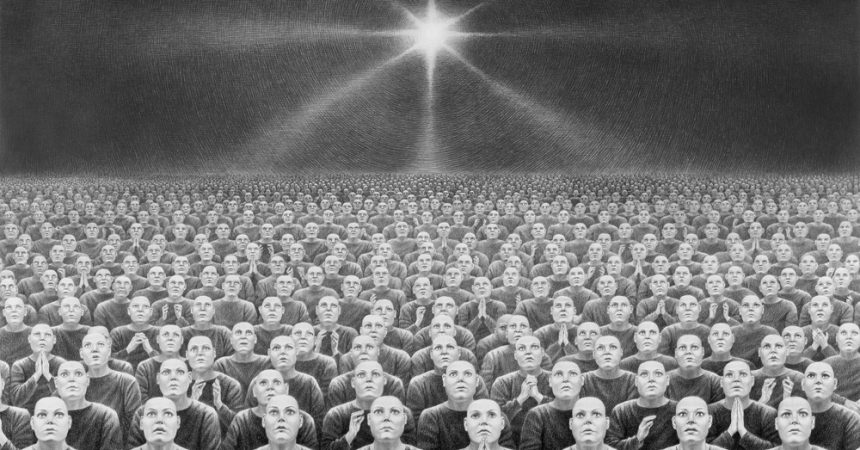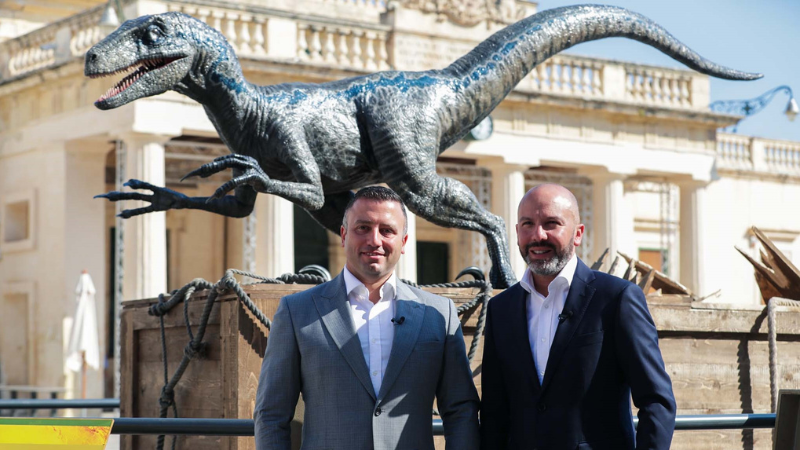The president of the Malta Employers Association (MEA) has predicted that in the next three to four years Malta’s population will increase by some 200,000.
Speaking on the Church’s radio station RTK, Dolores Sammut Bonnici said employers are facing a huge challenge in finding workers and anticipated that by 2022 the country’s population will rise to 600,000, with a third being made up of foreign workers.
Take a deep breath. The number is dwarfed by the forecasts included in the MEA’s document ‘Malta’s Demographic Challenges’ which says that the population could rise to 750,000.
Naturally, gradual and controlled demographic changes bring social, environmental and infrastructural challenges but if Malta was to experience such an increase in three or four years the challenge will be even greater.
Inevitably, more people living in Malta will result in more waste, more traffic congestion, a bigger strain on social services, lack of open spaces, high housing prices and a greater demand for water, energy and other commodities. Not to speak of the inevitable identity crisis, which could lead to social unrest.
Had the projected increase spanned over 10 or 20 years, the country would have ample time to make the necessary adjustments to accommodate more people on an island of 315 square kilometres.
If the population had to increase to 600,000, the population density would jump from 1,363 inhabitants per square kilometre to a whopping 1,905.
The country is already struggling with infrastructure problems, especially the ones caused by the number of cars on the roads. Malta is close to having a vehicle for every inhabitant and if the trend continues this will inevitably lead to more pollution, more construction of roads and more time, money and productivity lost.
According to former transport minister Joe Mizzi, traffic is already costing the Maltese economy €200 million in GDP a year and this will increase to €1.2 billion by 2050 unless drastic action is taken.
Other countries have experienced similar growths and experienced socioeconomic challenges which saw natural resources depleted and government incapable of providing basic human services.
As the population ages, medical services become inadequate and in some cases governments had to resort to higher taxes to cater for greater demands on the health, education and welfare systems.
Many questions remain unanswered. How will such a population increase effect the environment, the sewage system, wages, inflation, our health, the crime rate and housing? Will ghettos be created? How will ethnic minorities be represented? What is the saturation point?
These challenges can and must be tackled. All of the above might be seen as collateral damage to the economic growth which Joseph Muscat’s Labour government is so proud of. Muscat’s dream of turning Malta into another Singapore is within reach, but at what cost?
British author Aldous Huxley predicted that democracy is threatened due to overpopulation and could give rise to totalitarianism.
In his Brave New World Revisited published in 1958, Huxley warned: “Over-population leads to economic insecurity and social unrest. Unrest and insecurity lead to more control by central governments and an increase of their power. In the absence of a constitutional tradition, this increased power will probably be exercised in a dictatorial fashion.”
Democratic countries’ industrial system would break down, Huxley said, adding that “the highly developed technology, which up till now has permitted them to sustain a population much greater than that which could be supported by locally available resources, would no longer protect them against the consequences of having too many people in too small a territory. If this should happen, the enormous powers forced by unfavourable conditions upon central governments may come to be used in the spirit of totalitarian dictatorship.”
Hopefully Huxley’s predictions turns out to be false but if not there is nowhere we can hide, the writing is on the wall.












